
5 Destinations to Escape Summer’s Heat and Smoke
Connect with nature in these cool idylls that are relatively safe from wildfires.
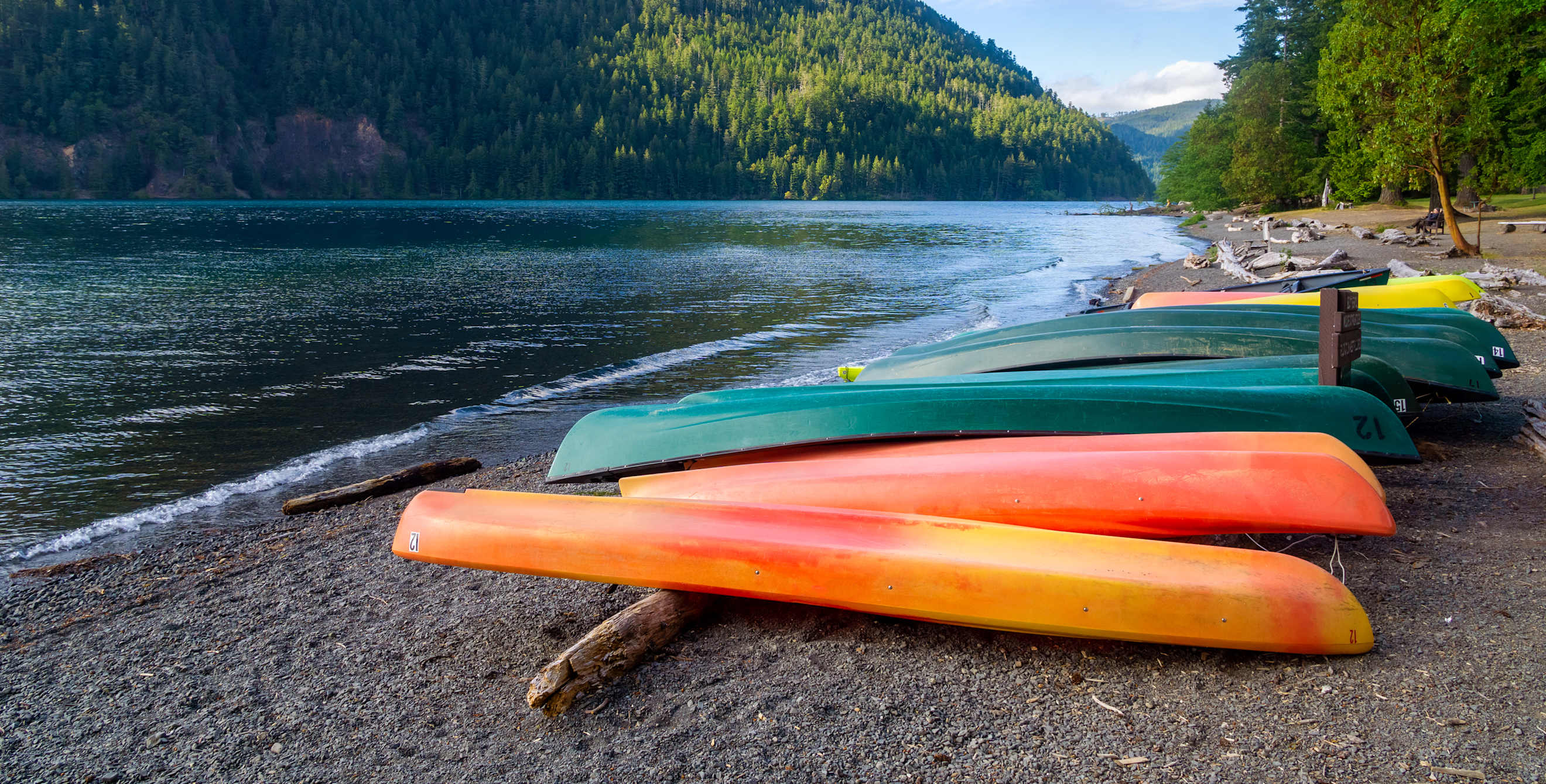
From 1996 to 2021, the amount of forested areas burned by fires in California increased by 320 percent, according to the National Oceanic and Atmospheric Administration. Climate change, flammable invasive species, logging practices, fire suppression, and other human-driven activities are turning forests and grasslands around the world into tinderboxes.
With temperatures rising and smoke from some of these conflagrations stretching halfway around the world, there’s no way to guarantee that anyplace will be cool and clear-skied. But at these five destinations you’re less likely to be mired in stifling heat and smoke. Amidst glaciers, mountains, and islands, you can bask in old growth woodlands, kayak with whales, and learn about exciting efforts to rejuvenate the wilderness.
Olympic National Park, Washington
The Federal Emergency Management Agency’s wildfire hazard map of the western U.S. is almost entirely covered with a patchwork of yellow, orange, and red—signaling moderate to very high risk. But in the coastal Pacific Northwest lies a pocket of low-risk blue. Here, you’ll find the surprisingly varied landscapes of Olympic National Park.
Thanks to 140 inches of rain per year, the park’s Hoh Rainforest is filled with so many fantastical moss-shrouded trees, you half-expect to see a party of hobbits picnicking among the ferns. On the Hoh River Trail, you can listen to the rushing river, dip your toes in a chilly creek, and (about three miles in) listen for the spot that acoustic ecologist Gordon Hempton called the quietest spot in the contiguous 48 states.
In the coastal section of the park, the Rialto Beach Trail leads to Hole-in-the-Wall sea arch and tide pools home to neon green anemones, bubblegum pink algae, and tangerine-tinted starfish. At high-altitude Hurricane Ridge, a variety of easy to challenging trails strewn with wildflowers allow hikers to look down on deep green forests and cloud-kissed mountains.
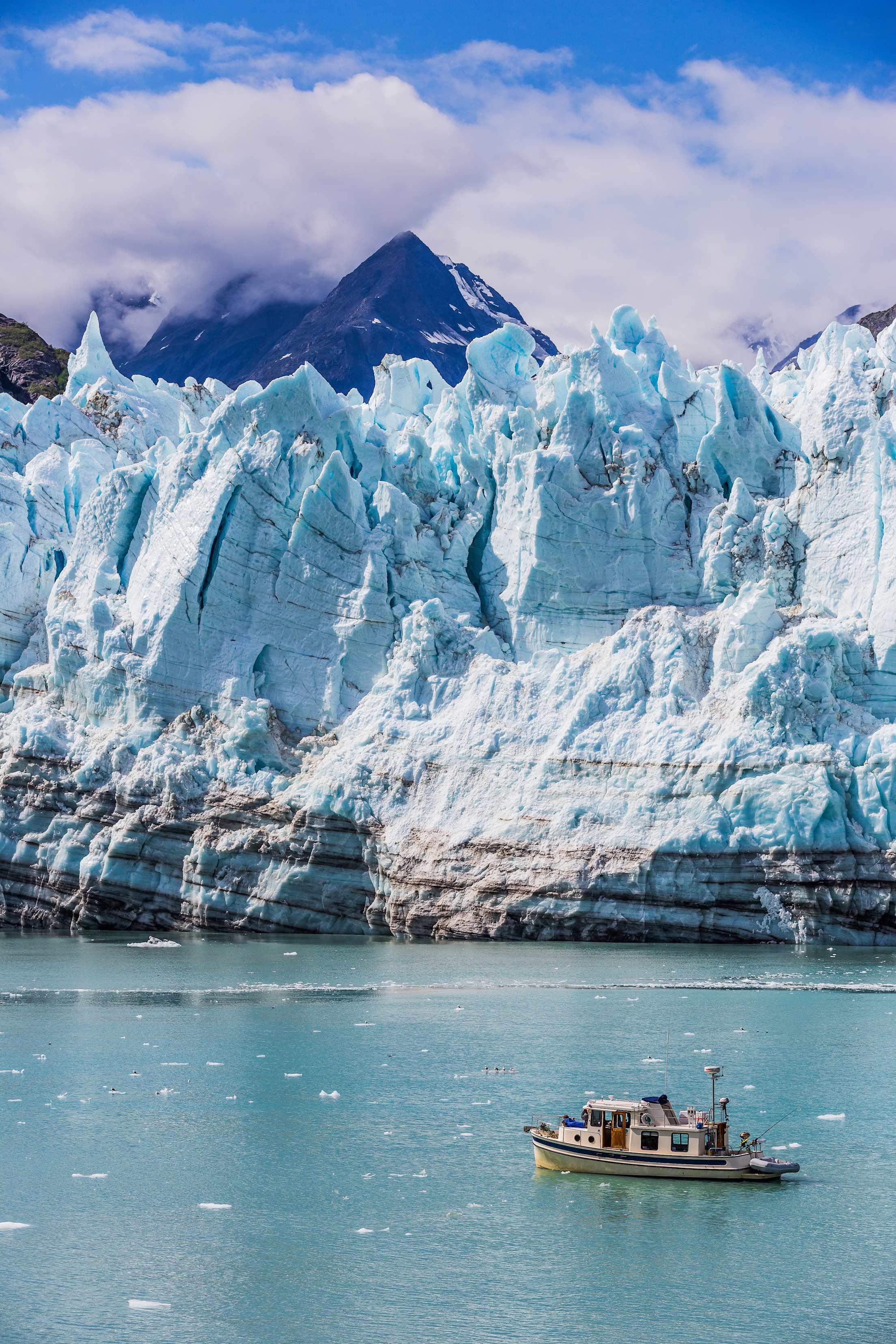
Glacier Bay National Park, Alaska
More than a thousand glaciers grace this semi-frozen coastland. Some flow like enormous white rivers down mountainsides. Others float like craggy blue monoliths and dramatically calve into the sea. Though nearly all of these ice sheets are receding due to rising temperatures, it’s unlikely you’ll encounter wildfires or smoke in this remote icescape. You’ll also have a zero percent chance of encountering traffic-choked roads, since the park is accessible only by boat, boot, or seaplane.
From the gateway town of Gustavus, you can ferry to Bartlett Cove and camp or stay at Glacier Bay Lodge. From this base, you can saunter through the forest on a ranger-led walk or mosey along the beach in search of sea sponges, crabs, and starfish. Rent a kayak or take a guided tour with Glacier Bay Sea Kayaks to paddle with porpoises, seals, otters, and humpback whales while spotting moose and bears on the shore. Each morning in summer, you can hop aboard a park-operated tour boat that travels 130 miles through Glacier Bay. On the seven-hour cruise through the glaciers, a park ranger will point out puffins, sea lions, mountain goats, grizzly bears, humpbacks, and other wild creatures.
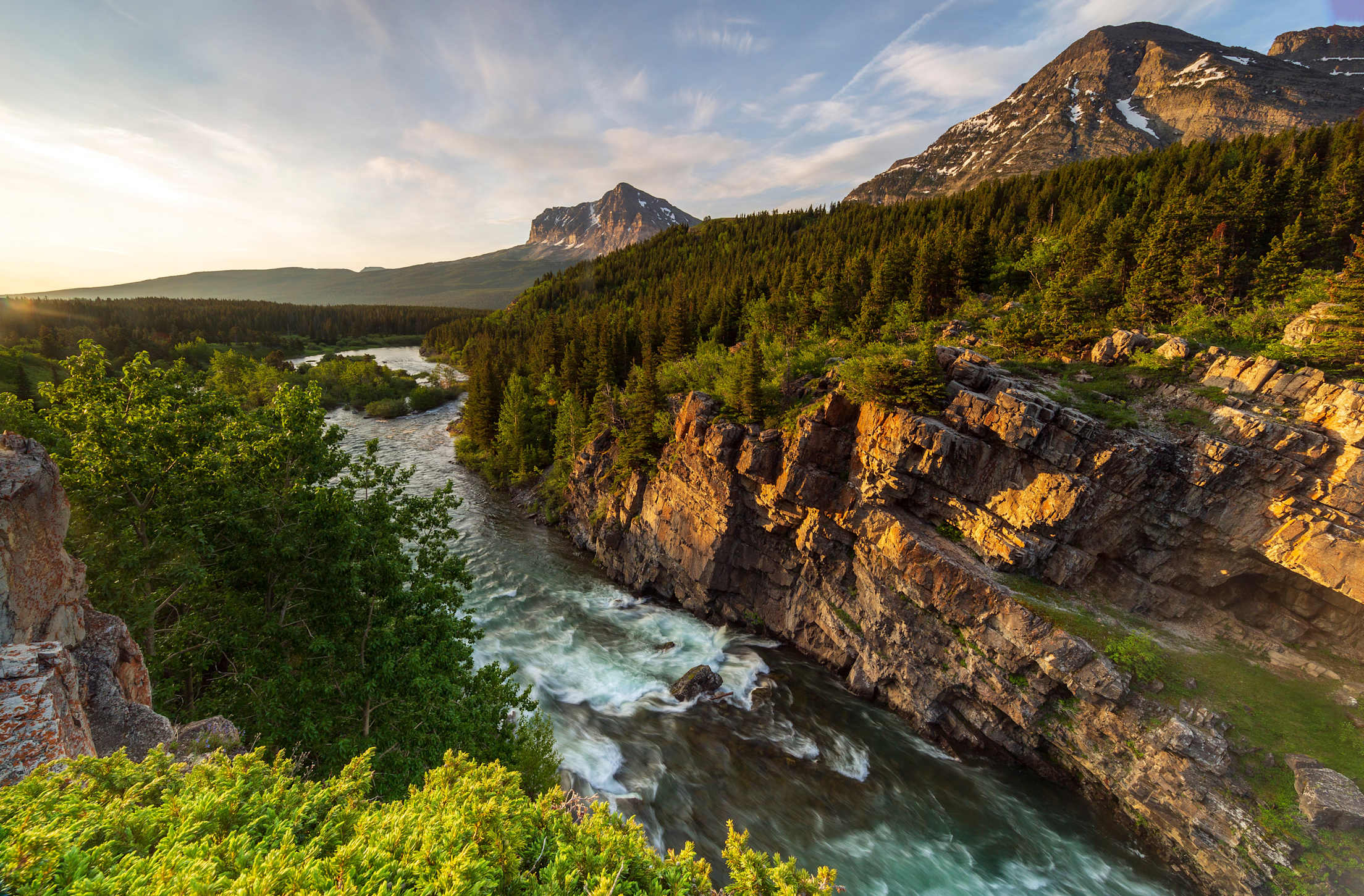
Glacier National Park and Blackfeet Nation, Montana
In this stunning swathe of northern Montana, the national park and Blackfeet Nation are working toward co-stewardship of the region, healing relationships and the land. In 2023, tribal members released wild bison onto Blackfeet territory, and the animals are expected to wander into the national park. This marked the first time bison have freely roamed this area since they were slaughtered to near extinction by the U.S. Army and settlers 150 years ago. This rewilding effort is happening alongside whitebark pine restoration in the park and studies on the impacts of climate change and fires in the area, which is at low to moderate wildfire risk, according to FEMA.
With Iron Shield Creative, you can go on an educational hike through the Blackfeet Nation. A Blackfeet guide tells traditional stories and informs hikers about the community’s culture, Indigenous-led conservation efforts, plant foods and medicines, Indigenous survival skills, and more. Sun Tours, run by a Blackfeet family, takes visitors to beloved Glacier National Park sites like Going-to-the-Sun Road. A Blackfeet guide shares stories about the tribe’s connection to the land and the troubling history of the Blackfeet people’s displacement and subsequent creation of the national park.
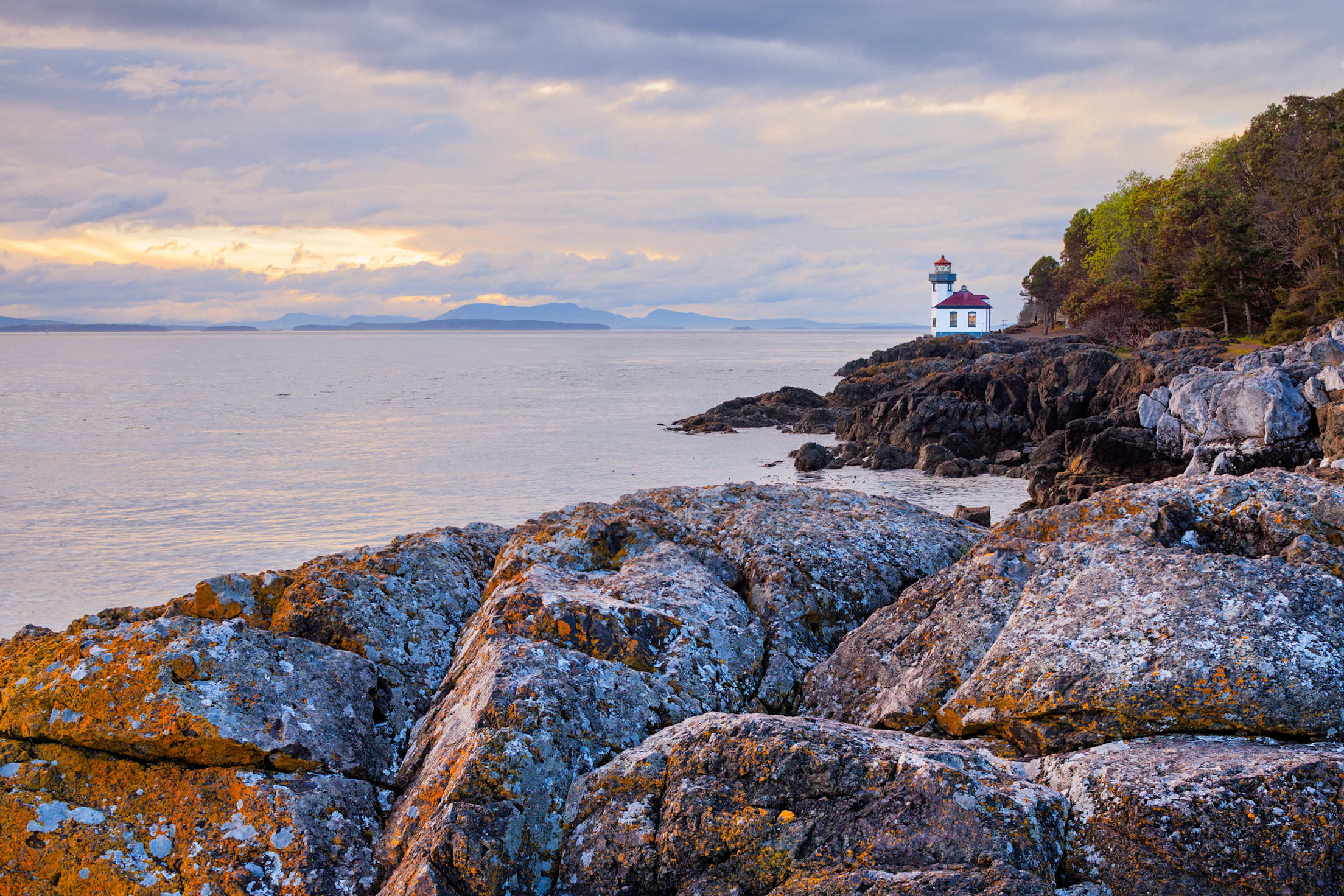
San Juan Islands, Washington
Surrounded by an oceanic safety zone, the San Juan Islands have been mostly spared the ravages of wildfires. On Orcas Island, Moran State Park was not historically logged, so you can see old-growth trees as you amble the woods or paddle one of the five lakes. On the other side of Orcas Island, Shearwater Kayak Tours guides paddlers to islands where seals sunbathe, bald eagles soar, and purple starfish cling to the rocks. On the darkest nights, the company leads bioluminescence tours, when your paddles stir up microorganisms that glow like neon turquoise.
On Lopez Island, you can rent a classic or e-bike with Village Cycles and pedal through woodland and past beaches where ospreys dive for fish. With Adventure Terra, tree lovers can climb to the top of 100- to 200-foot-tall Douglas fir trees overlooking the sea. If you’re fairly fit, you can use the traditional technique of sitting in a harness and using your leg strength to slide up a rope. Alternatively, the company offers battery-powered ascenders that zip people of all ages and abilities into the canopy.
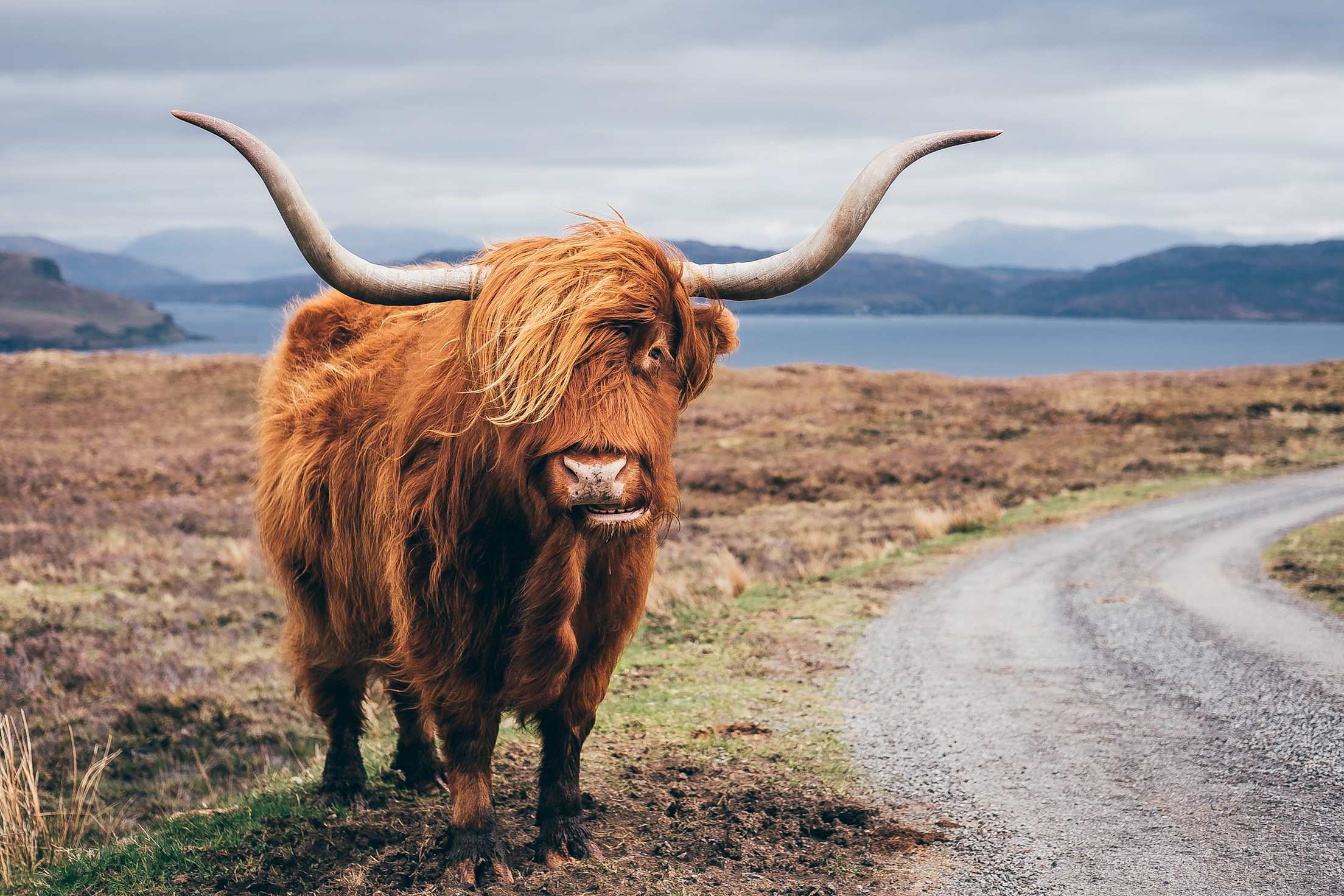
The Scottish Highlands
Fires can’t generate much spark in a region that’s soaked with rain 250-plus days a year. But rewilding efforts are gaining steam in this green land of lochs, peat, and peaks. A coalition of conservation organizations is encouraging the government to declare Scotland the world’s first rewilding nation. Travelers can witness some of the remarkable reintroductions already transforming numerous sites around the Scottish Highlands.
In Alladale Wilderness Reserve, you can take guided walks and 4x4 tours through an ambitious 23,000-acre rewilding project where wildcats, red squirrels, and eagles have returned thanks to peatland restoration and nearly a million new trees. At the Dundreggan Rewilding Centre, you can learn about volunteers’ efforts to boost biodiversity by planting 2 million trees and take guided walks to spot some of the nearly 100 species of birds. In Cairngorms National Park, you can visit Mar Lodge Estate National Nature Reserve, where large sections of the 71,000-acre landscape are being allowed to regenerate naturally, providing homes for golden eagles, pine martens, black grouse, and more. And with Perthshire Wildlife, you can take a beaver safari in a canoe to see how these creatures are remaking the River Tay.